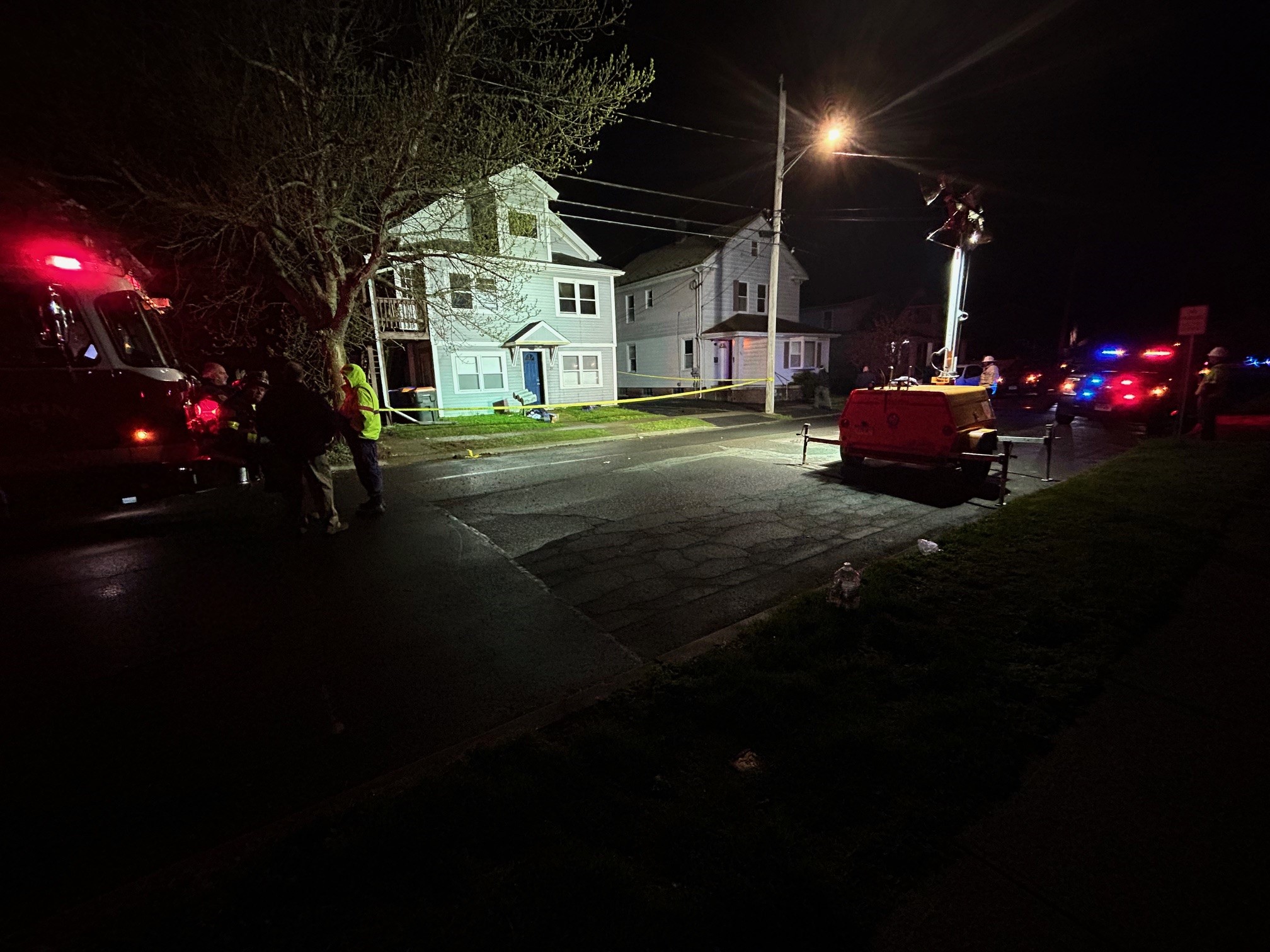“Just this year is my first one,” said high school senior Madison Chelgren as she sat with friend and classmate Darius Cummings.
The students sat down with NBC Connecticut to talk about the diversity in teaching they’ve had throughout their educational experience.
The pair both said teachers of color were few, with Chelgren explaining her World Religions teacher was the first person of color she’s had as a teacher. They said most of their teachers have been white.
“Growing up when I was younger, it was just, it wasn’t brought to my attention that that was not normal,” said Chelgren.
Cummings said he didn’t realize there was diversity in teaching when he was little because that’s not what he saw every day.
“I definitely didn’t notice that this one thing, it’s important,” he said.
Their experience is not unique. Last year statewide, less than 10% of teachers identified as teachers of color. Among Black and Latinx teachers, that number falls to less than 3% in half of the state’s 200 districts.
Local
See the breakdown by district at the bottom of this article.
Adrian Solis is a social studies teacher at Henry Abbott Technical High School and said representation in the classroom matters for students of color.
“Because if you don't show them the possibilities they have for themselves, then they're not going to have those plans or have those goals or aspirations,” said Solis.
Solis identifies as Latino and said he’s intentional with his classes. From his regular shirt and tie to a course he’s teaching on Latinx history.
“Really this is about making a change personally with them and what can they do in their communities to kind of push this forward,” said Solis.
Diversity in teaching is an ongoing concern in the state. NBC Connecticut showed the statewide teacher data to Patrice McCarthy, deputy director of the Connecticut Association of Boards of Education.
“The data clearly shows that we have a lot of work to do,” said McCarthy.
She said students may miss key parts of development without teachers of color. And specifically, students of color have a higher success rate in school with teachers of color. She added that the benefits can reach all students.
“It’s clear that beginning at a young age, when students see people from a variety of backgrounds, they become much more accepting, they come to understand those backgrounds,” said McCarthy.
It’s clear that beginning at a young age, when students see people from a variety of backgrounds, they become much more accepting, they come to understand those backgrounds
Patrice McCarthy, Connecticut Association of Boards of Education
The Connecticut Association of Boards of Education and the State Department of Education have been working to increase teacher diversity in Connecticut.
In 2016, the state set a five-year goal to go from 8.3% to 10% by 2021. As of October 2020, they’re at 9.6%.
“We’re positive and pleased with where we are now,” said Dr. Shauna Tucker, the Department of Education Chief Talent Officer. “We’re hoping we’ll still get to the 10% by 2021.”
She said the Department of Education has focused on three areas to increase teachers of color: supporting districts with diversity recruiting resources, supporting candidates of color, and increasing pathways into teaching.
The state’s Educators Rising program is one way they can make it happen. The program gives high school students a lead into studying education at state universities.
“What our previous five years of work has demonstrated is that we’ve changed the dialogue and we’ve worked with districts to reevaluate some of their own cultural norms within their districts,” said Christopher Todd, also of the Department of Education Talent Office.
The state’s three largest districts: Bridgeport, Hartford and New Haven have at least 23% diverse staff. McCarthy said building diversity in smaller and more rural districts that have little to no teachers of color will take some time.
“Those are real challenges because some of those small districts have very small teaching staffs to begin with,” said McCarthy, who added that generally speaking, teachers tend to work and live in communities that are similar to their own.
As the Department of Education closes in on the statewide goal of 10% diversity, they say they won’t stop there.
“We’re continuing that work and we’re also developing new programs and initiatives to address the areas where we see gaps,” said Tucker.
Cummings and Chelgren said they’ve enjoyed the growing diversity and are taking new classes that come along with it.
“I made sure I signed up for world religion because I wanted to open my horizon,” said Chelgren.
“He has a lot of Hindu stuff in his room,” added Cummings. “It’s different, it’s actually cool.”
As seniors, they hope years from now, more students will benefit from teachers who bring different life lessons to the classroom.
Really taking somebody from that sort of background who’s really educated on their own personal experiences would really benefit the students, and be more than just words on a paper
Madison Chelgren
“Really taking somebody from that sort of background who’s really educated on their own personal experiences would really benefit the students, and be more than just words on a paper,” said Chelgren.



